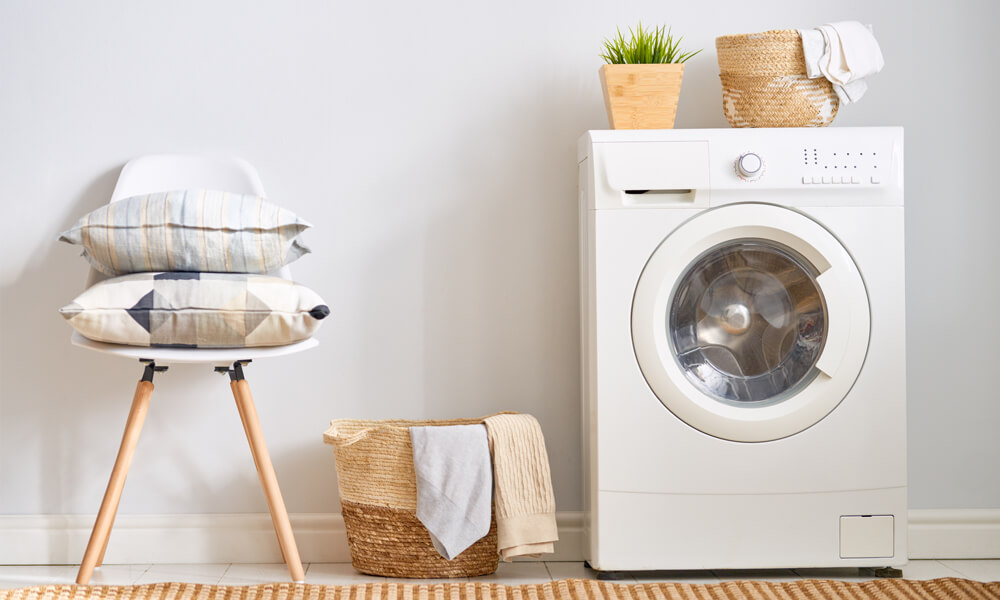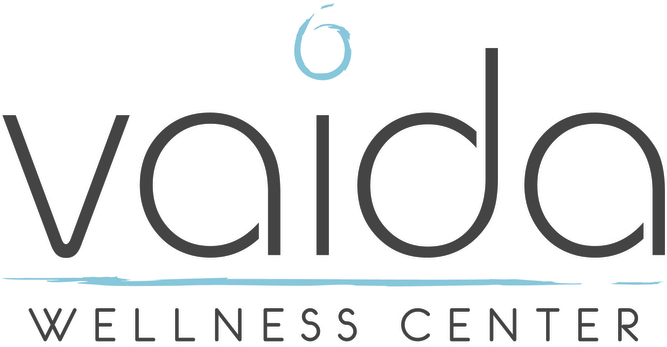
Before researching this topic I, like many others, assumed laundry products were safe, and well tested. We have safety regulations for car emissions and smokestacks, but when it comes to dryer vents, emissions are virtually unregulated. There are many more unknowns about the chemicals released by laundry products, because manufacturers aren’t even required to disclose all the ingredients. Some ingredients that are listed are known to contain carcinogens, but are listed in small enough amounts that they don’t qualify for oversight. It’s surprising to find such a lack of transparency about such an intimate product used by millions. We wear it next to our skin, our vents pump it into our air, but is it safe?
Despite the lax regulations, researchers have been conducting small scale studies to examine laundry emissions. Their analysis found more than 25 “volatile” air pollutants – including the carcinogens acetaldehyde and benzene. Toxins also included: Benzyl Acetate, Dichlorobenzene, and chloroform. Researchers and consumers alike have been alarmed to find these toxins on a product designed to cling to your clothes with lasting scents.
Health effects from being exposed to the chemicals in fabric softeners include:
- Central nervous system disorders
- Headaches
- Nausea
- Vomiting
- Dizziness
- Blood pressure reduction
- Irritation to skin, mucus membranes and respiratory tract
- Pancreatic cancer
Though the effects of these chemicals might be gradual it’s not worth the health risk involved in using dryer sheets and softeners. Many natural methods have been created to tackle laundry drying in a safer and greener way. So far, wool dryer balls have emerged as the most popular method.
Wool dryer balls are made from natural fibers and provide a safe alternative to dryer sheets. They work by wicking out moisture, and are said to cut drying time in half. They get rid of static cling, and can be scented with essential oils. Reviews also claim that switching to dryer balls also cost less. The balls can be used for at least a few years or more, and wool were recommended more than plastic dryer balls. By using 5 or 6 wool balls per load clothes can be set to less than normal or use moisture sensing settings. The balls reduce static because they soak up water and create humidity. Static can’t be created in a humid environment so they’re effective against wrinkles and static cling.
Other popular safe ways to soften your clothes:
- Dryer balls are increasingly popular for naturally softening clothes.
- Add a quarter cup of baking soda to wash cycle to soften fabric
- Add a quarter cup of white vinegar to rinse to soften fabric and eliminate cling
- Check out your local health food store for a natural fabric softener that uses a natural base like soy instead of chemicals
- Learn about Static Eliminator, a 100% safe, non-toxic dryer sheet system that is more effective at softening clothes and eliminating static cling but poses no risk to you and your family! This is one of the most highly recommended of all products we have reviewed, and you will find it is also extremely economical, too!
Sources:
- Fabric Softener is Dangerous
- The Hidden Life of Laundry
- Chemicals Found in Fabric Softeners- U.S. Environmental Protection Agency (EPA)
- https://www.scientificamerican.com/article/greener-laundry/
- https://draxe.com/dryer-sheets/
- https://www.cbsnews.com/news/scented-laundry-products-release-carcinogens-study-finds/
